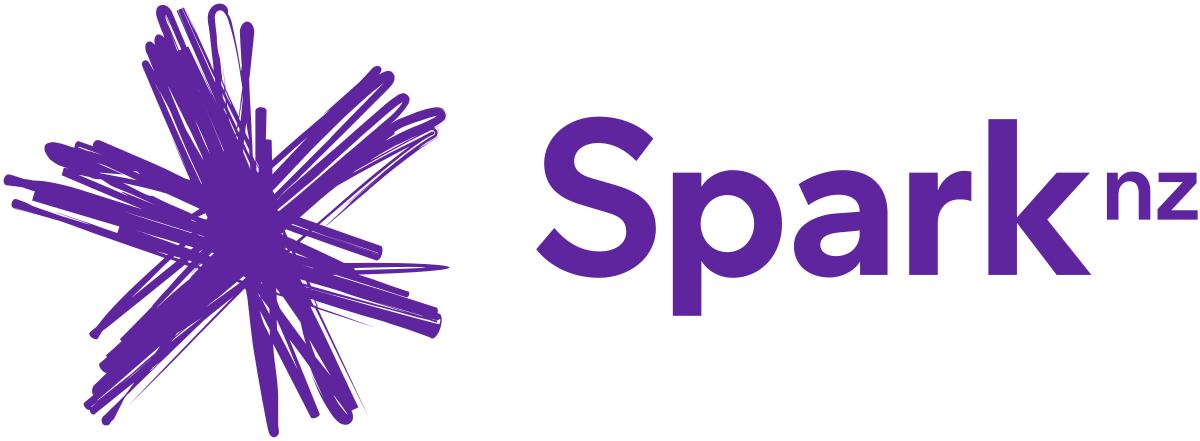Cloud smarts turbocharge data delivery

-
case study
The University of Auckland
Below the radar transformation unlocks data and fosters collaboration at the University of Auckland.
Faced with having to invest significant time, energy and money into its on-premise servers to maintain its enterprise data warehouse, the University of Auckland turned instead to a cloud-based solution.
With Qrious’ support, the University seamlessly migrated massive volumes of data from its legacy Oracle platform to a Snowflake data warehouse. This transformational project rolled out behind the scenes without disrupting the experience of its many hundreds of diverse users.
Where the University’s developers once spent considerable time ‘tuning’ the process to ensure timely availability of data for its internal customers, they are now free to focus more effectively on other vital tasks.
Key outcomes for The University of Auckland
Data users enjoyed a smooth transition
Faster
New speed of the ETL process
ETL objects seamlessly moved to the cloud
“Qrious are very much part of our team and understand what we’re trying to do. They are aware of the quality standards that are expected, and they meet them.”
- Pamela Moss, Director of Planning and Information, University of Auckland
The Challenge
The University of Auckland’s on-premise servers were home to its enterprise data warehouse. The out-of-date system was straining under the weight of its close to 3,000 MicroStrategy users – growing demand was adding even more pressure. The legacy platform had become inefficient, unreliable and expensive to maintain.
The data it housed is mission-critical: teams across the University rely on it to inform both strategic planning and day-to-day operational decisions. “It was a very big box and everybody was using it,” says Pamela Moss, the University’s Director of Planning and Information. She explains that the information it produces is vast, from student and staff insights to research material, finance reports and everything in between.
Platform scalability restrictions meant access for users, including data scientists and analysts, was limited. While they were all using the same resource, each worked on copies of datasets rather than sharing them, which led to a lack of transparency. Moreover, many reports could only be refreshed on a weekly basis to avoid delaying others.
Speed was another factor. Data wasn’t typically available till mid-morning. If there were source system delays, that would be pushed out – recovery could take almost a day. Maintaining the resource-intensive platform required a sizable team of scarce and highly sought-after database administrators.
Needless to say, having robust, accessible and timely information is vital to ensure the smooth operation of the entire University. What it demanded was a modern, fit-for-purpose solution.
The Solution
The University has embarked on a strategy to transition all its cumbersome legacy systems, including its entire business intelligence (BI) ecosystem, to the cloud by 2030. This central services project was no different. The solution required migrating 15,000 existing Wherescape RED ‘extract, transform, load’ (ETL) objects from the on-premise servers to a cloud-based data warehouse.
First, the University’s team established the guidelines, the architecture and how the data should be moved to the cloud. Snowflake on AWS was chosen for the data warehouse due to its scalability and cost-effectiveness across storage and computing resources.
Qrious worked with the University to implement the architecture and the data models. “The only people that we let play in our environment are very experienced. Qrious knows our environment very well,” says Indrajeet Singh, the University’s BI Services Manager.
Qrious automated the migration process for the majority of the ETL objects to the cloud, leveraging the advantages of Wherescape’s metadata management. Fivetran was used for the data extraction process. It was also important to support the extensive and intense parallel testing required to ensure precisely the same results were generated as for the existing ETL.
Another considerable undertaking was determining what data to migrate and what to leave behind. Over the years, the legacy system had accumulated a significant volume of data, much of which was not being used.
Additionally, integrating data from various systems posed a major challenge. “Until we established the new data feeds in the cloud, we were still somewhat constrained by the limitations of our legacy system,” says Moss.
The team was effectively building the new platform while maintaining the existing one and adding new imperatives as they arose. “It's a very dynamic environment,” says Singh. “Qrious made sure that changes to the existing platform were reflected in the new cloud solution.”
The Results
With the new system in the cloud, the ETL process completes in less than an hour, well down from the six hours it once took. Moreover, it operates with more up-to-the-minute data, which is available ahead of the start of the work day, and requires significantly less computing resources.
Should there be a delay, the catch-up is fast-paced. This is largely due to the flexibility of the new computing infrastructure, which empowers the ETL and MicroStrategy reports to process data much more quickly. All reports can be run daily without any noticeable lag.
This improvement ensures that critical information is available in a timely manner, enhancing decision-making processes and overall operational efficiency.
Importantly, with the adoption of the same platform and datasets, data-sharing practices have significantly improved. Now, different users can easily share data, fostering greater collaboration, transparency and efficiency across teams.
By adopting Snowflake, the University of Auckland is securing a strategic advantage for maximizing the future potential of its data. Snowflake's ongoing commitment to embedding Machine Learning (ML) and Artificial Intelligence (AI) tools directly within the platform positions UoA perfectly to leverage these cutting-edge technologies. This will empower UoA to streamline operations, make data-driven decisions, and unlock new possibilities as Snowflake's ML/AI capabilities continue to evolve.
Latest Case Studies
We’re in it together







Let’s start talking
If you’re ready to tap into the power of data, analytics and AI, we're ready to help. The first step is understanding what you need, so let’s start that conversation.










